Think Global, Act Local: How to Embed SDGs in your school and Community
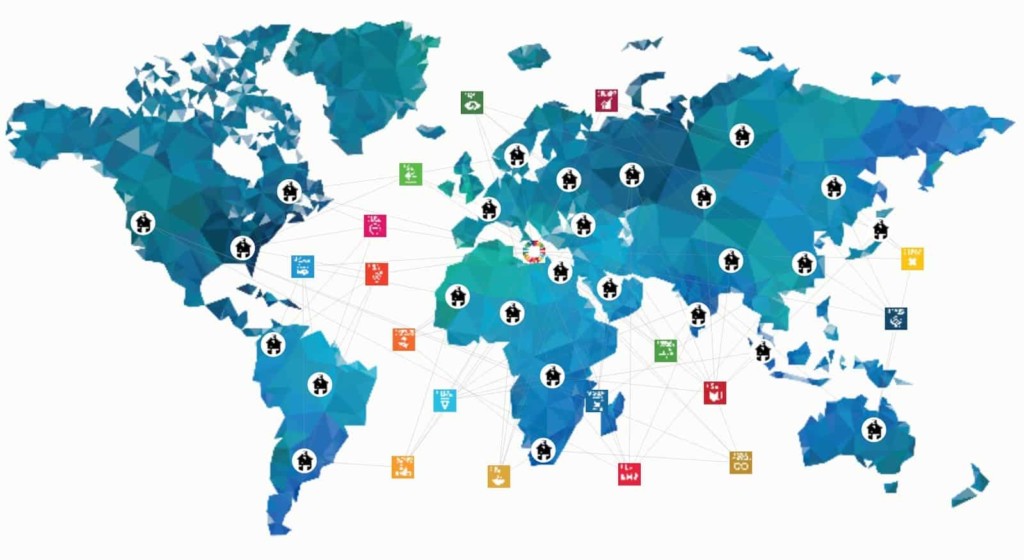
On September 23rd, 2019, Greta Thunberg gave a speech at the United Nations Climate Action Summit that would send chills down the spines of anyone bold enough to hear it.
“This is all wrong. I shouldn’t be up here. I should be back in school on the other side of the ocean. Yet you all come to us young people for hope? How dare you! You have stolen my dreams and my childhood with your empty words. And yet I’m one of the lucky ones. People are suffering. People are dying. Entire ecosystems are collapsing. We are at the beginning of mass extinction. And all you can talk about is money and fairytales of eternal economic growth. How dare you!”[27] “You are failing us,” Thunberg stated. “But the young people are starting to understand your betrayal. The eyes of all future generations are upon you. And if you choose to fail us, I say: We will never forgive you.” (Source)
Greta brought the voices of an increasingly disillusioned band of Gen Z activists (who make up 26% of the world’s population) to the doorstep of older generations at the world’s largest collective forum. Schooling would have to wait. Climate change was now the most pressing issue. Greta reminded all of us that climate change cannot be solved with watered-down proposals, abstract rhetoric, and empty talk; but only through taking immediate action as if our very existence depended on it. Greta’s plea was for all of us.
As innovative school leaders and educators, how will we take action? We’ve already been provided a helpful blueprint:
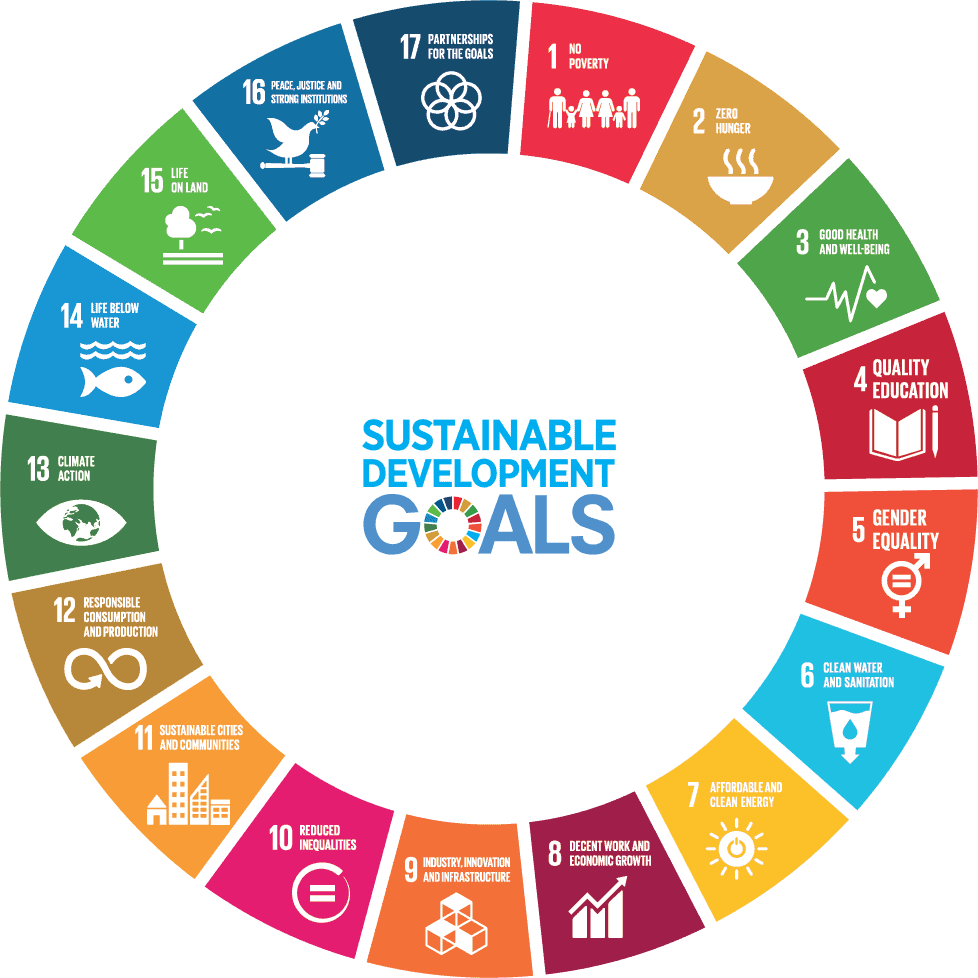
In 2015, the United Nations established 17 lofty goals for sustainable development to help reverse the damage done by climate change. Goals include more sustainable cities; an elimination of poverty; healthier waterways; and affordable and clean energy (pictured to the left). Each lofty goal includes concrete and specific sub-targets to help reach them. Courageous schools have already taken the first steps.
Through meaningful, real-world projects, these schools are providing time for students to take action on each goal within the context of their own curriculum and communities. This article will explore 8 models from 8 innovative schools and programs leading the charge. As we explore each model, consider which aspects might work in your school’s context.
The ‘ChangeMaker’ Passion Project Model: Addressing SDGs through student-led passion projects at The Green School of Bali
Imagine students coming up with the concept for a personal passion project around a community need, partnering on it with local NGOs, working through several iterations with the help of a mentor, and exhibiting their work in a public community-facing exhibition.
This is the grade 8 ‘ChangeMaker Quest Program’ The Green School of Bali uses to help students address SDGs and discover passions. In the program, each year 8 student is matched with an adult mentor and provided regular time in the schedule to develop their idea. For example, one student, after learning about how human footsteps can generate renewable energy, saw the potential for its use on the stairs within the school. After meeting with his mentor, they worked together to create a prototype for the ‘electro stairs:’ an invention to capture motion and convert it to energy every time a student took a step. Ustay’s mentor helped him create project goals, generate tasks, investigate and conduct research, and plan out the project calendar. Learn more about Ustay’s invention here.
Questions for Reflection/Implications for Action:
- How might you build in time to help students connect their passions to a greater purpose?
- How can you transition from the role of a teacher into one of a mentor? What structures might help students explore their passions through SDG-related goals?
The ‘Experiential Learning’ Week Model: Addressing SDGs through Meaningful Experiential Weeks at Yew Chung and Yew Wah Schools in Hong Kong
Imagine your entire school going off the traditional timetable for a week to address deep questions around sustainability on a local level. This is what learning looks like during ‘experiential learning week’ at Yew Chung International School in Hong Kong. Here are some of the questions:
- How can we get involved in promoting sustainable tourism in Hong Kong?
- How can we create and market more sustainable fashion?
- How can we gamify sustainability to increase environmental awareness in Hong Kong?
Each deep and meaningful sustainability question was coupled with a relevant project to anchor it. In the sustainable tourism project, students created tours with the most minimal carbon footprint and advertised via a website to incoming HK tourists. In the sustainable fashion project, students created a fashion show of upcycled old clothes and apparel to make sustainability more ‘trendy.’ In the gamification project, students created ‘choose your own adventure games’ around important ecological sites in Hong Kong, and delivered them via student-designed apps.
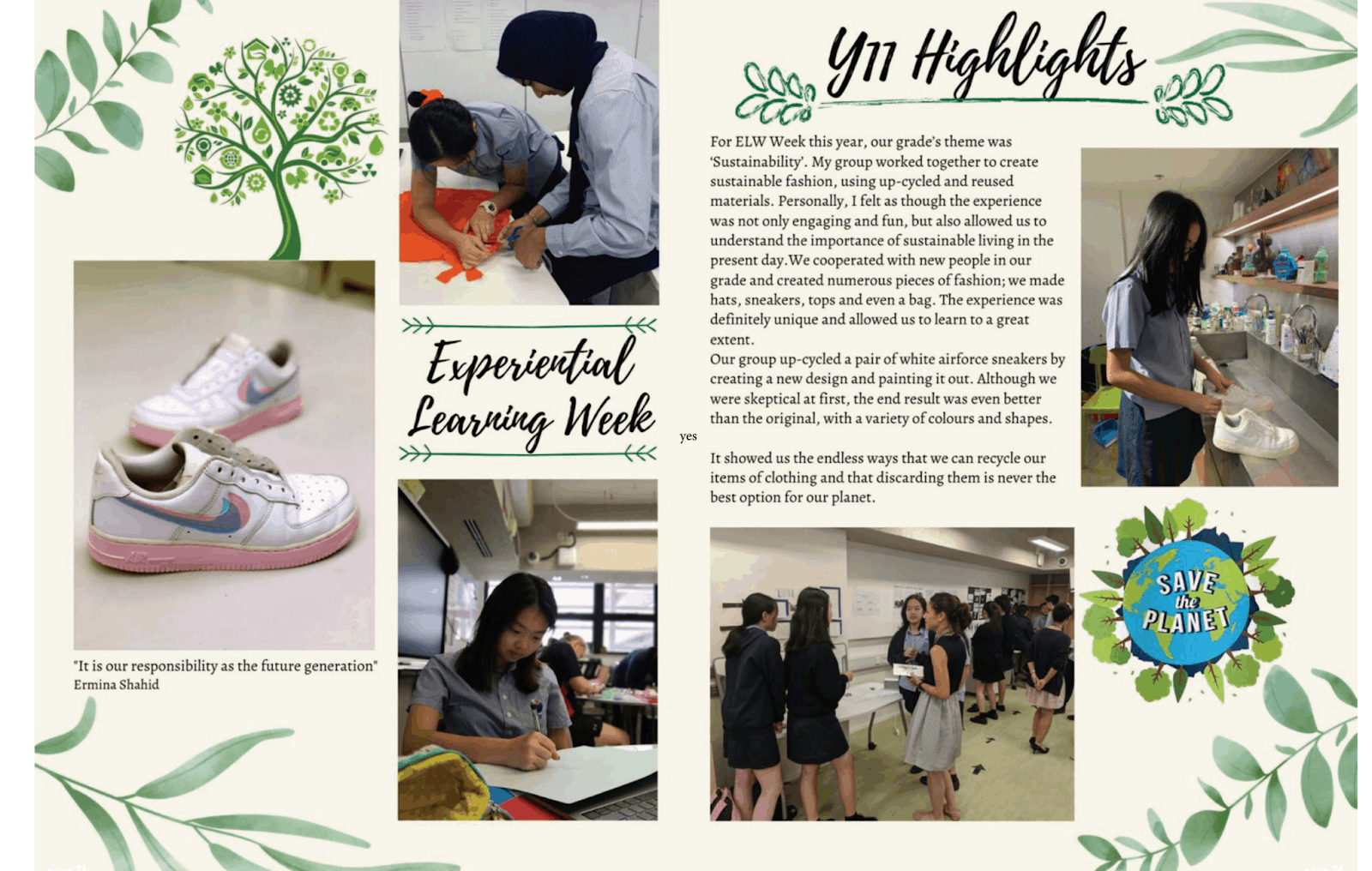
Questions for Reflection/Implications for Action:
- How might you use deep and meaningful questions around SDGs to empower your students to take action?
- Where is there existing flexibility in your yearly schedule? How might you use this time to offer deeper learning experiences?
The ‘Enrichment’ or ‘After School Program’ Model: Developing Citizenship and Social Responsibility through community-driven and student-generated projects at The Medford Center
Imagine your students working with older and younger peers to address issues of equity and environmental awareness within the community. Imagine these students sharing their findings and projects with both the community and the 2,000 plus students engaging in similar projects across the entire district. Imagine how big their IMPACT footprint would be then.
This is the work being done at the Medford Center for Citizenship and Social Responsibility. The Center started with a modest grant as an after-school program for civic-minded students and now has grown into a district-wide program integrated into the core fabric of each Medford School’s mission. Each Medford campus has a program coordinator who helps mentor students, secure funding, and connects projects to the wider community. Projects are clearly making a mark. After seeing the damage and destruction caused by Hurricane Harvey in Texas, two high school students in Connecticut took it upon themselves to gather needed goods/ supplies, rent a U-Haul Truck, and drive them 1,800 miles to the church they coordinated as the ‘point of contact.’ Projects of this magnitude aren’t just reserved for High School Seniors. After learning about Medford, Massachusetts’ troubling history with slavery, two third graders wanted to do something to remember forgotten slaves. After careful primary and secondary research, they picked a site, erected a beautiful marker, and even held a ceremony for the community to pay tribute to these forgotten men and women. Explore more Medford Projects here.
Questions for Reflection/Implications for Action:
- How might you build in time for community projects in your existing timetable?
- What NGOs, B Corps, and charitable organizations are within walking distance of your school? How might you partner students with them to make an impact?
The ‘Pilot Program’ Model: Using TIDES (Technology, Innovation, Design, Enterprise, and Sustainability) to address SDGs and develop global citizens
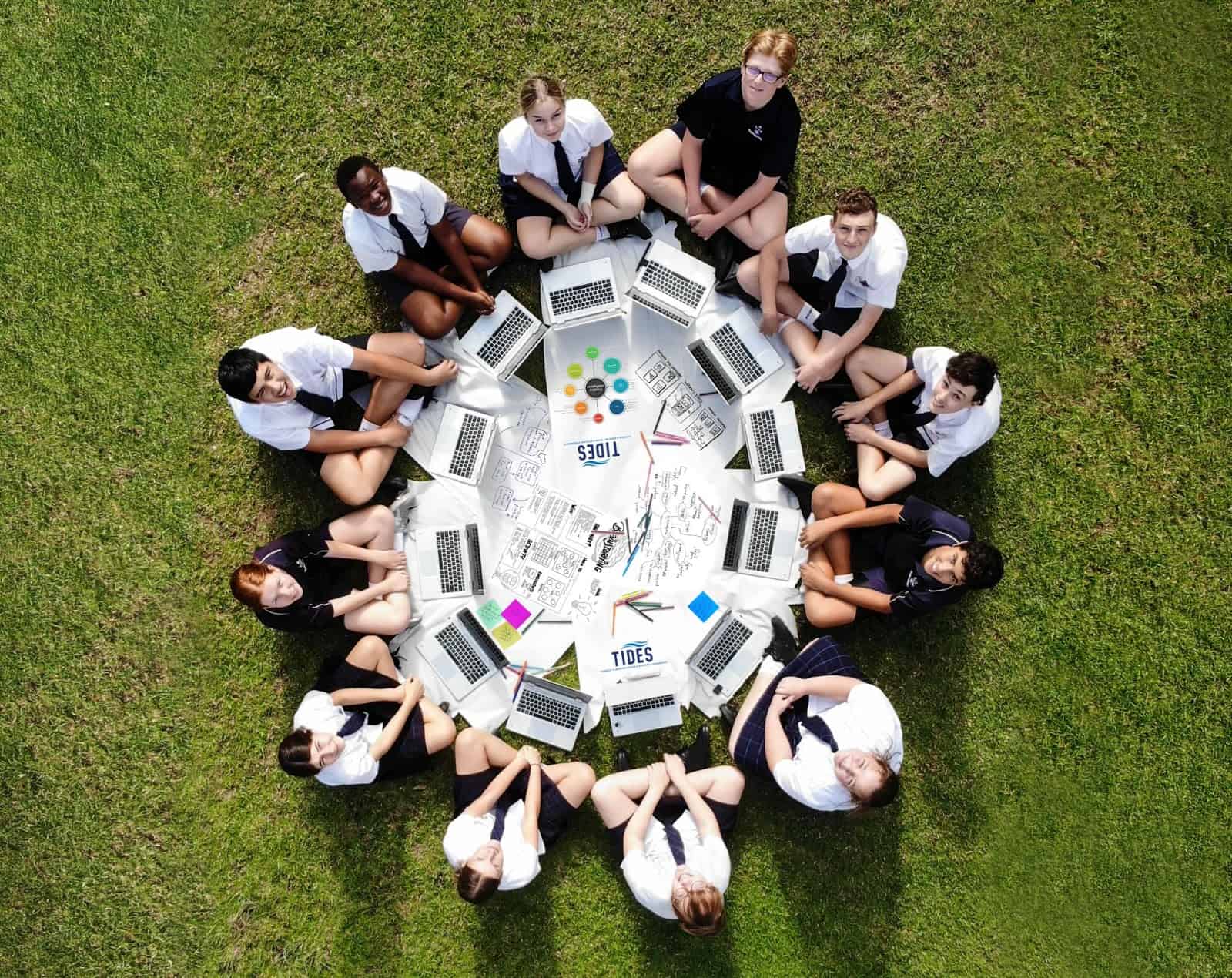
Imagine a cross-curricular, collaborative, and community-linked four-year program for students to develop the autonomy and aptitude required to change the world.
This is the TIDES program developed for year 7-10 students by Kim Flintoff, TIDES Coordinator at Peter Carnley Anglican Community School in Western Australia.. Each year aligns to a trans-disciplinary SDG theme. In year 7, students learn the design thinking process and use STEM to address a school-related need. In year 8, students expand their green footprint to address issues within the local community. In year 9, they move deeper into the ‘adult world’ through the STEM4Innovation initiative, where they partner with public and private health providers, and other community organizations to develop solutions ranging from the obesity crisis, to pandemic prevention and awareness. And finally, in year 10, students synthesize insights and skills gained from past projects into the ‘Balance the Planet Program,’ where after choosing an SDG area of focus, they develop and design relevant solutions with a variety of stakeholders. Rather than document the experience through written exams and cumbersome paperwork, students curate portfolios to capture evidence of their work to share with future employers, universities, training institutions, and to forge new business partnerships.
Questions for Reflection/Implications for Action:
- How might you connect learning for students as they pass through each grade level?
- How might you use the SDGs as the starting point for trans-disciplinary projects and learning goals?
- How can backward design ensure learning targets are aligned?
The ‘Lab School’ Model: A circular mini-village living lab to learn about sustainability through building a zero-carbon campus
Imagine being given a one-acre plot of land in which to build a zero-carbon footprint mini-village. Imagine also working side by side with students to build eco tiny houses, set up water-efficient aquaponics systems, create food forests, set up forest fire warning systems, set up solar arrays, and even feed guests with on-site grown bio foods.
This is the work already started by ‘Starbase 18’ in Portugal, a circular mini-village for students to experience carbon neutral sustainable living. Learning modules are designed to help students explore each concept including, ‘How to Coop with innovations and change,’ ‘Sustainability in your Profession,’ and ‘Agile Craftsmanship.’ Nearby schools are able to dip in and out of ‘Starbase 18’ or participate in longer residencies and internships. Their mission is to help create the blueprint for how other schools might set up their ‘Rural Living Labs.’
Questions for Reflection/Implications for Action:
- Do you have an experiential site for your school? How might you develop it into a ‘rural living lab?’
- How can immersing students in sustainable practices help develop more sustainably-minded global citizens?
The ‘Advisory/Service Learning’ Model: Addressing SDGs through mixed grade-level advisories and connection to local NGOs at The American International School
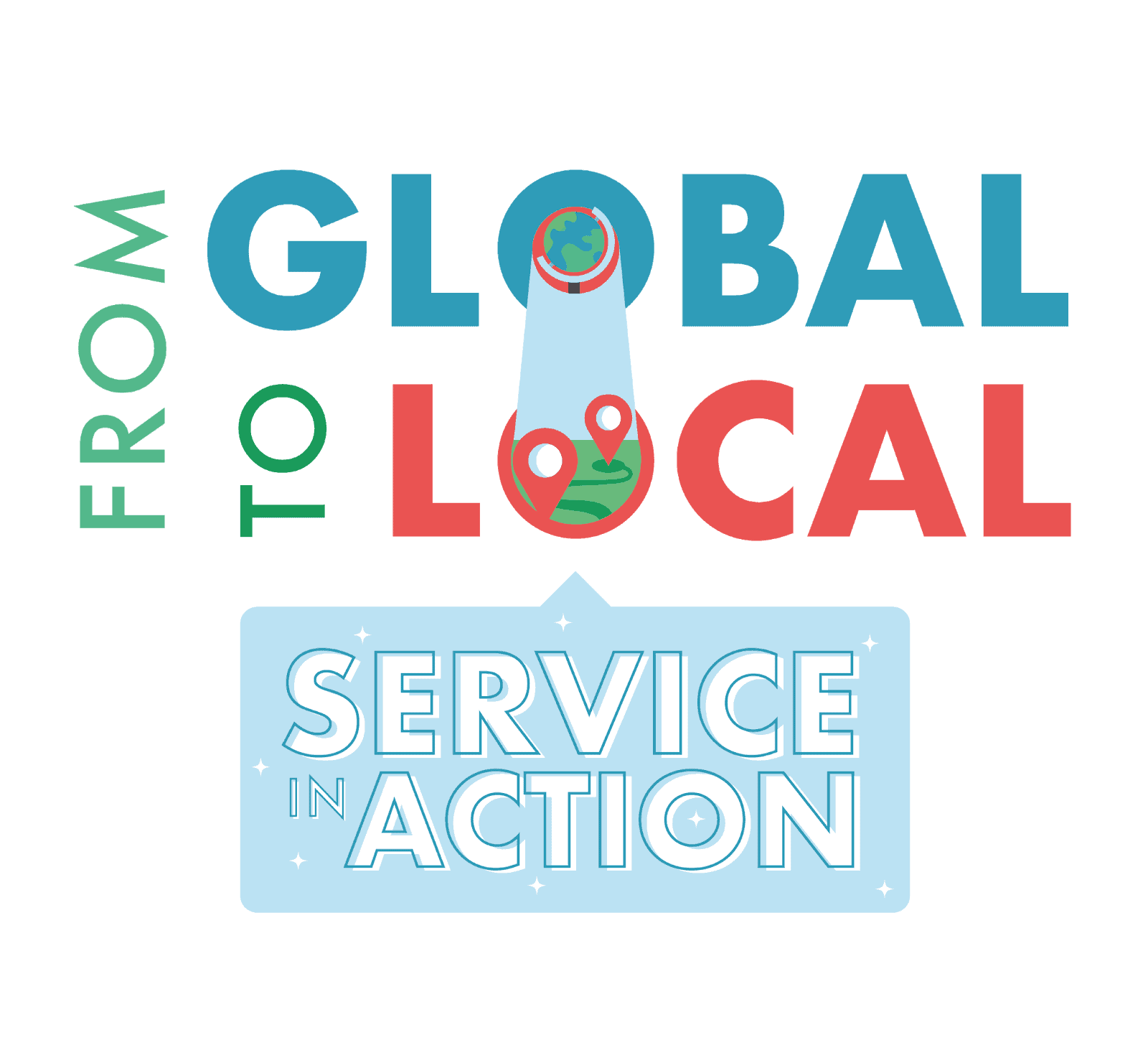
When CoVid 19 sank its teeth in this past year, The American International School of Hong Kong had a choice to make regarding its yearly service-learning trips; cancel them, or re-imagine them on a local level. Given their strong commitment to developing thoughtful, global citizens, they chose the latter. Using the SDGs as a guiding framework, they empowered their year 11 students to partner with relevant local NGOs and community organizations to co-develop meaningful, three-day service-learning programs to address each goal. For example, one group worked with an NGO called ‘Rooftop Republic’ to learn about the values of urban gardening and how they could create a community garden at the school. In addition to the co-development of the service-learning program, these new student leaders also developed advertising videos, campaigns, and meeting frameworks to pitch each program to their grade 9-12 peers during Advisory.
Unfortunately, because of tighter restrictions around CoVid-19, the 3-day programs have been put on hold until next year.
And while the programs have been put on hold through this student leadership model, students have already shown greater engagement with service learning and developed a stronger connection to their community and personal passions/interests.
Questions for Reflection/Implications for Action:
- How might you use the SDGs to empower your students as leaders? How might you support students in developing community partnerships?
- How might a model like this work into your existing mixed grade Advisory program?
The ‘Empathy to Impact Model’: Supporting SDGs through trans-disciplinary courses in the IDEATE Program at Beijing City International School
Imagine your students spending half of every school day diving deeper into SDGs through trans-disciplinary courses that uncover the underlying people, systems, and complexities driving them on a global scale. This is what the Beijing City International School has accomplished through its innovative ‘IDEATE’ program. A hybrid diploma program for year 11 and 12 students, the IDEATE program runs cross-curricular courses like ‘Global Issues,’ and ‘Systems and Scientific Thinking.’ Each course contains modules to help students better understand the people and dynamics at play. For example, in the Global Issues course, students explore the power of ethics, systematic inequalities, the concept of global oneness, donut economics, and true cost. Through exploration of each sub-topic, students develop EMPATHY and understanding of global issues, as well as providing provocation for the personal IMPACT projects they might take up to help address it.
For example, one student is addressing issues of inequality by exploring Asian hate crimes in the united states and creating a rap music video to help eradicate it. His big question: ‘What would happen if the world was exempt from racism?’
Another student is addressing fragile family relations by exploring how photography can change attitudes through an online photography exhibition. Her big question: ‘What if I conducted a photography exhibition that could change the attitudes young people have towards their family?’
Each personal project lasts 1-2 years and is accompanied by a mentor who meets with the student 2-3 times a week, and helps support the development of their project through the ‘Empathy to Impact’ framework.
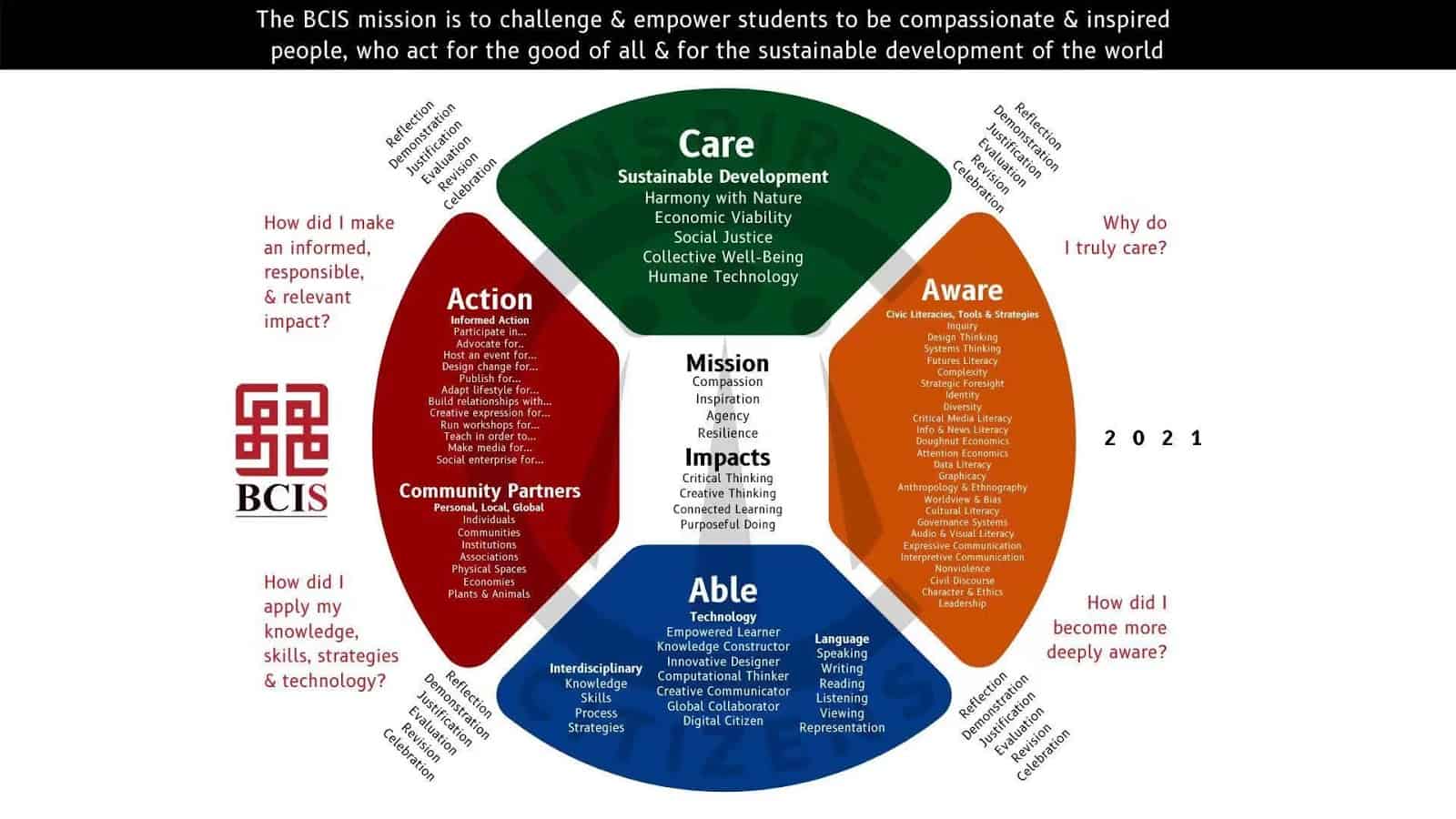
For more on the ‘Empathy to Impact’ framework and other frameworks to support SDG delivery, check out “Inspire Citizens.”
Questions for Reflection/Implications for Action:
- What trans-disciplinary courses might you develop out of the SDGs?
- How might you help students uncover the complexities of each global issue through a similar framework?
- How can you support student project ideas through mentorship?
The ‘Academy’ Model: Addressing SDGs through school-wide ‘Micro-Academies’ tied to specific goals
There is a phrase in the business world for ideas that are so audacious, so bold, and so visionary that you cannot help but get excited envisioning the possibilities if they are fulfilled. These ‘BHAGS’ (Big Hairy Audacious Goals) can easily be applied to the world of school.
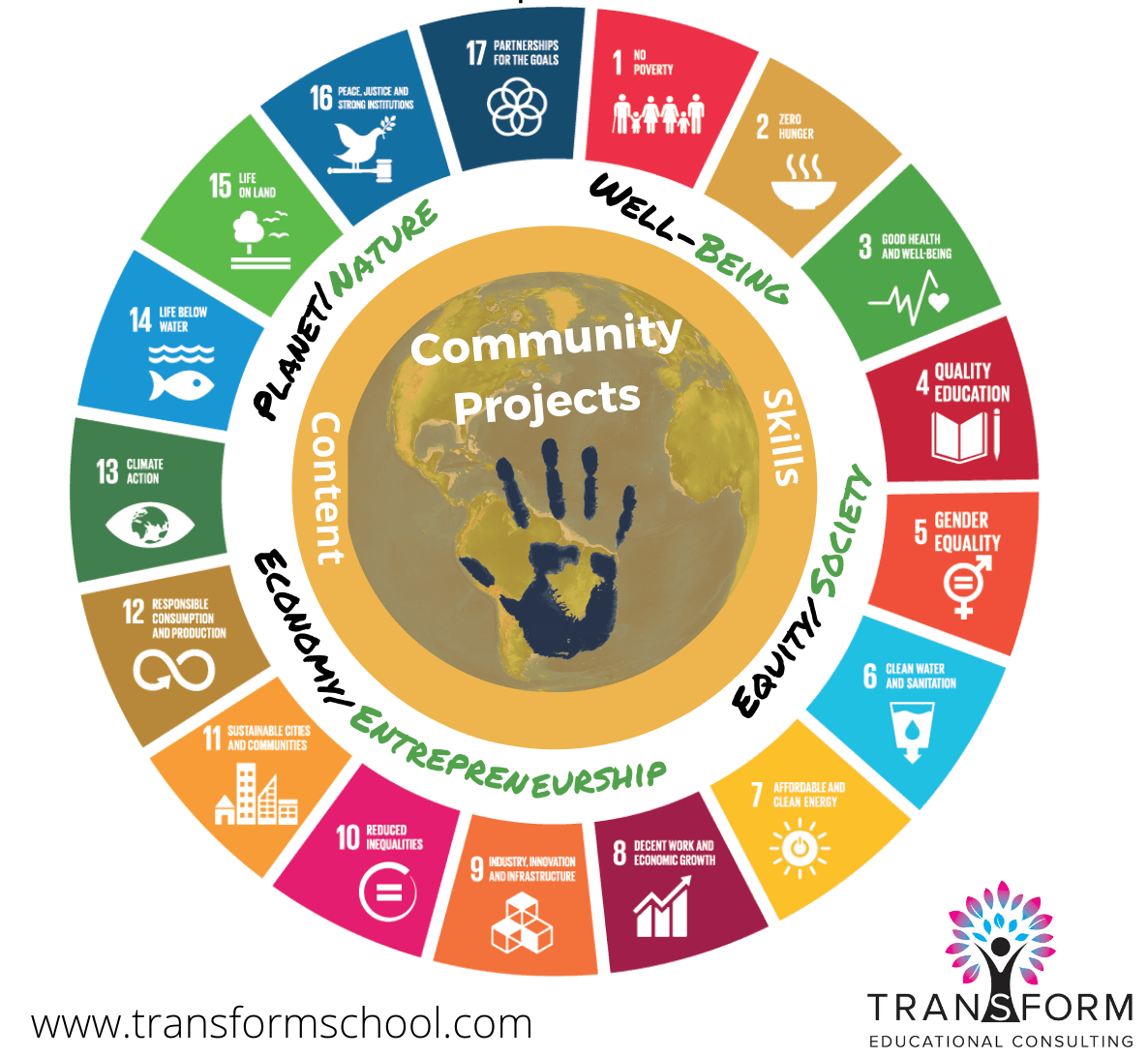
Here’s a ‘BHAG’ related to the SDGs to get excited about: A comprehensive, trans-disciplinary, 4-year ‘academy/ studio’ program for students built entirely around making their communities and planet a better place to live. Students would spend one full year in each academy listed in the white space to the left. Within each academy, students would complete 3-4 deep and meaningful projects to explore relevant concepts and connect to the global SDGs. For example, in the ‘well-being academy’, students would explore the impact of urban farms on well-being by planting and cultivating their own community gardens. In the ‘equity/ society’ academy, students would work with local lawmakers to introduce and undo unjust and discriminatory legislation. Each academy would be run by a team of trans-disciplinary ‘guides’ who could mentor students through the projects, build partnerships, and infuse their subject-specific curriculum. Finally, academies would not be isolated by grade level, but instead, allow for mixed-age groupings to allow for student leadership and co-development.
Questions for Reflection/Implications for Action:
- What is a ‘BHAG’ (Big Hairy Audacious Goal) related to the SDGs that might work in your context?
- Most standards and curriculum documents are written as guides, rather than ‘prescriptions.’ How might you organize your academic curriculum around this framework?
Where’s the Starting Point?
The models above are in no way meant to be prescriptive. We all have unique contexts, communities, cultures, and learners to serve. A four-year, interconnected and trans-disciplinary program like ‘TIDES’ may not be feasible in places with tight restrictions around timetabling, curriculum, and mandated minutes. However, an ‘experiential learning week’ like the one introduced by Yew Chung might be feasible.
The starting point for the integration of SDGs is aligning a few stakeholders within your school to a common vision.
Once you find a few like-minded people; generate momentum first within your classrooms, electives, or after-school programs; build clear curricular links and design a few SDG-related learning experiences; exhibit student work publicly; and watch as the rest of your school begs to get on board.
For more, see:
- The United Nations’ Sustainable Development Goals Could Be Our Standards
- 24 Goals to Save the Planet (+1 in Case We Don’t)
Stay in-the-know with innovations in learning by signing up for the weekly Smart Update.
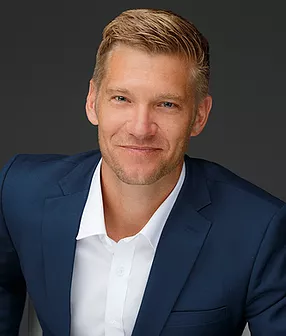





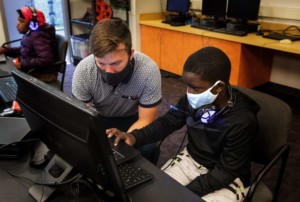

0 Comments
Leave a Comment
Your email address will not be published. All fields are required.